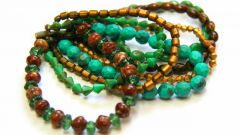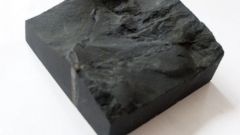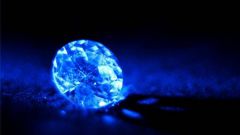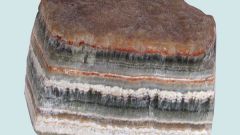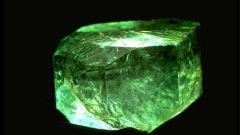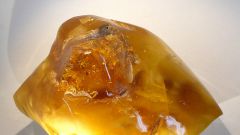1. Using the magnifier with 15 x magnification, look for streaks. Turn over the carved figure and look at the bottom, intersecting the veins look like shading. For ivory there are always streaks, but on a normal bone, plastic and resin, they are not.
2. Look at the figure under the light of a UV lamp. Natural materials such as ivory, in ultraviolet radiation appear brighter, while artificial materials are darker. Fake ivory is darker than in normal lighting.
3. Check with heating. Tweezers grab a needle or a nail and hold it over an open flame. Then the red-hot subject of lean to the most inconspicuous part of the ivories. If it is real, red-hot needle will not leave almost no trace, only invisible mark, but you will feel a sharp smell, as when drilling a tooth, because the ivory is the tooth. If the product is a fake, the hot needle will remain small melted dent, and you will feel a recognizable smell of burning plastic or resin.


